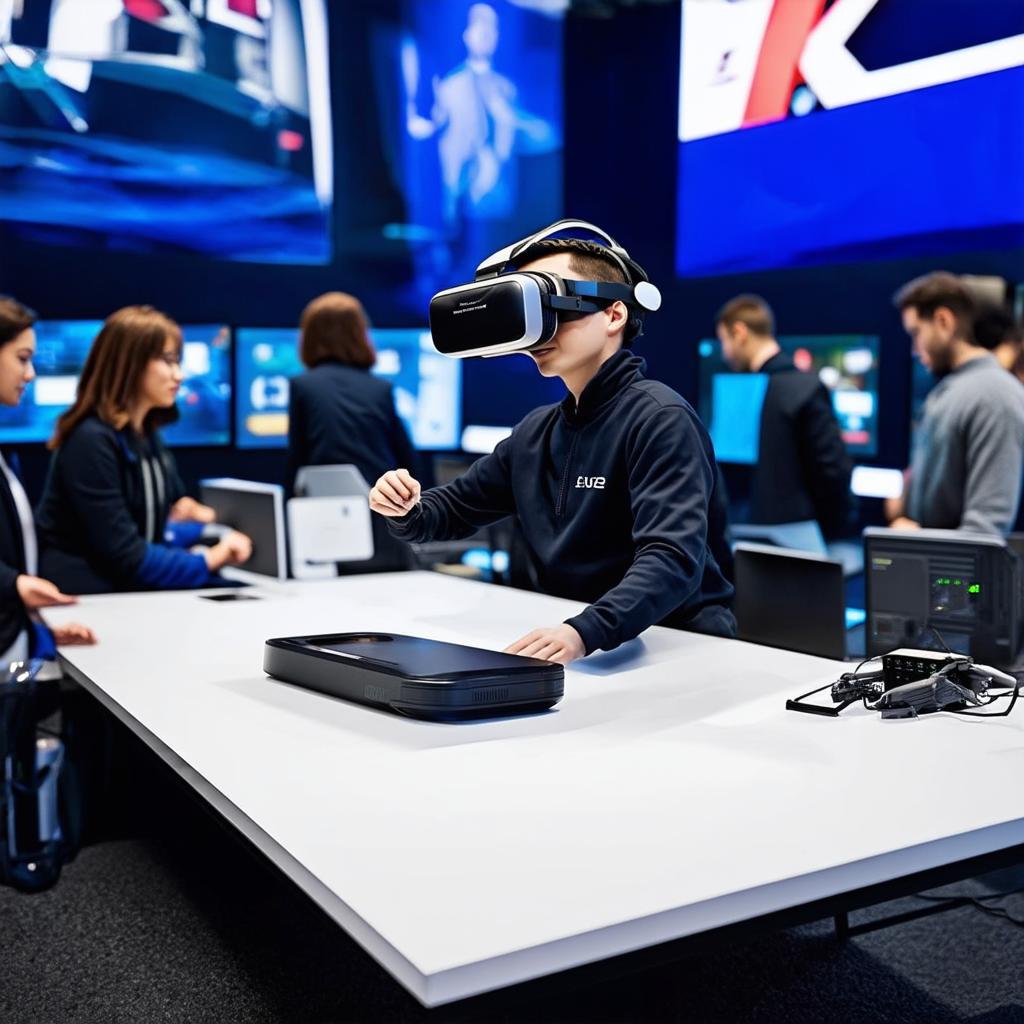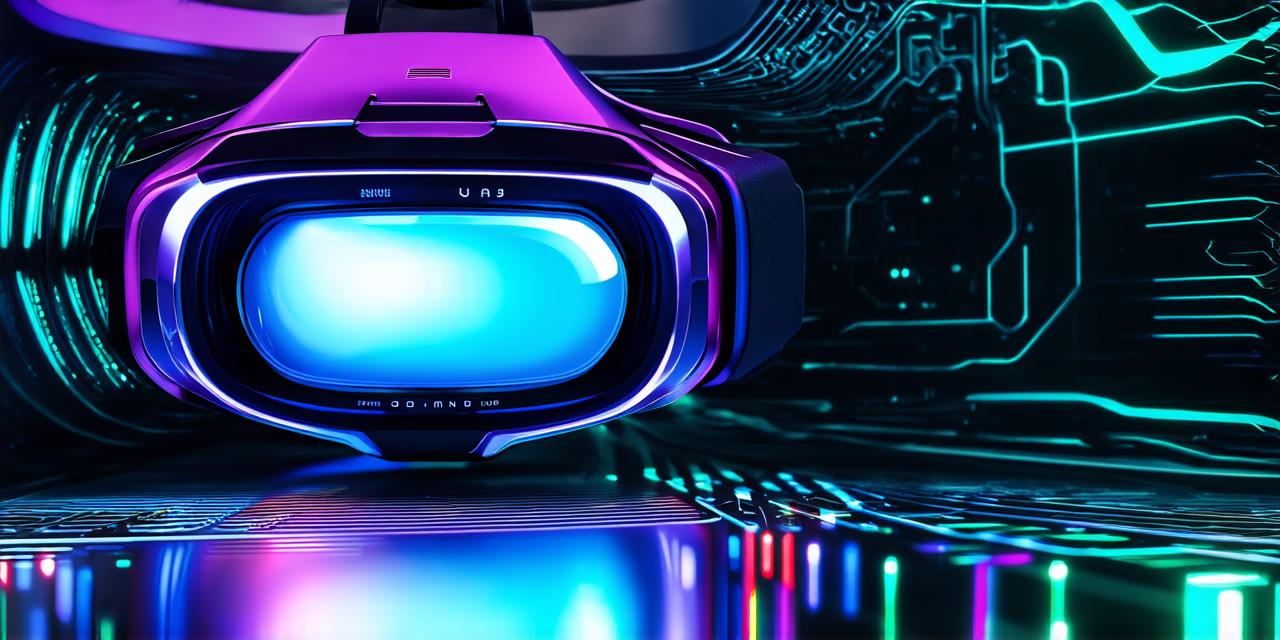Virtual reality (VR) technology has come a long way since its inception, and it’s now being integrated into educational settings to enhance students’ learning experience. VR provides an immersive and interactive environment that allows learners to explore and interact with complex concepts in a more engaging and meaningful way. In this article, we will explore how virtual reality is transforming educational methods.
Immersive Learning Environment
Virtual reality technology creates a fully immersive learning environment, allowing students to experience the world as if they were really there. This technology provides an opportunity for learners to interact with complex concepts and ideas in a way that traditional classroom settings can’t. For example, history students can take a virtual tour of ancient civilizations, biology students can explore the human body, and science students can experiment with physics concepts without any physical limitations.

Interactive Learning Experience
Virtual reality technology provides an interactive learning experience that allows students to engage with educational content in a more meaningful way. With VR, learners can interact with virtual objects and environments in a way that simulates real-world scenarios. This technology enables students to understand complex concepts and ideas by experiencing them firsthand. For example, medical students can practice surgical procedures, engineers can design and build structures, and architects can visualize their designs in a 3D environment.
Accessible Learning Opportunities
Virtual reality technology makes learning accessible to everyone, regardless of location or physical ability. With VR, learners can access educational content from anywhere in the world, without needing to be physically present in a classroom. This technology also provides an opportunity for students with disabilities to participate in education that may have been previously inaccessible to them. For example, visually impaired students can use audio cues to navigate virtual environments, and students with mobility impairments can use VR technology to experience physical activities without leaving their homes.
Cost-Effective Learning Solution
Virtual reality technology is a cost-effective learning solution that provides an alternative to traditional classroom settings. With VR, schools and universities can offer immersive and interactive educational experiences without the need for expensive equipment or facilities. This technology also reduces the need for physical resources such as textbooks and lab equipment, which can be costly. Additionally, virtual reality technology enables students to learn at their own pace, reducing the need for additional teachers or tutoring services.
Conclusion
Virtual reality technology is transforming educational methods by providing an immersive, interactive, accessible, and cost-effective learning solution. With VR, students can experience complex concepts and ideas in a way that traditional classroom settings can’t, making learning more engaging and meaningful. As VR technology continues to evolve, it will undoubtedly become an integral part of educational settings, providing learners with new opportunities to explore and interact with the world around them.
